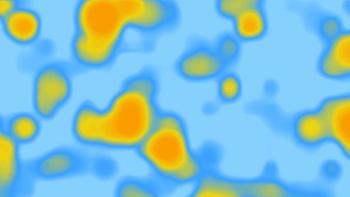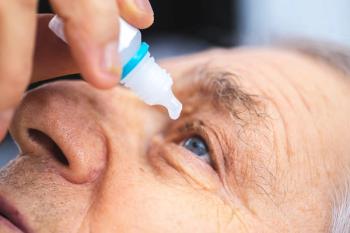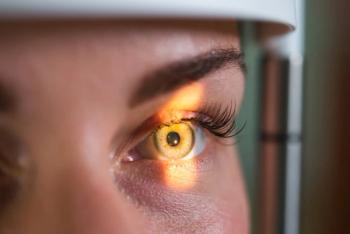
Cyclosporine for dry eye safe, effective at 2 years
A final analysis of a 2-year study with cyclosporine ophthalmic emulsion 0.05% used for the treatment of dry eye syndrome shows that patient have continued improvement in their dry eye parameters over a 2-year period, according to one expert.
Chicago-A final analysis of a 2-year study with cyclosporine ophthalmic emulsion 0.05% (Restasis, Allergan) used for the treatment of dry eye syndrome shows that patients have continued improvements in their dry eye parameters over a 2-year period, and those patients who discontinue cyclosporine treatment show a worsening of symptoms, said Sanjay N. Rao, MD.
In the first leg of the study, a 1-year course of therapy with cyclosporine 0.05% applied twice daily showed a slowing or prevention of disease progression compared with treatment with artificial tears (Refresh Dry Eye Therapy [formerly Refresh Endura], Allergan) in patients with level 2 or 3 dry eye.
The second leg and extension phase of the study implemented a crossover design to compare disease prognosis after switching treatment modalities between cyclosporine 0.05% and artificial tears in patients with dry eye who completed the 1-year course of therapy.
The prospective, single-center, investigator-masked trial included 58 patients who had participated in the first-year trial, of which 48 completed the second-year trial and were included in the protocol analysis. Patients treated with cyclosporine 0.05% in the first year of the study (n = 36) were randomly assigned to either cyclosporine 0.05% (n = 20) or artificial tears (n = 8), twice daily, in the second year of the study.
All patients originally randomly assigned to artificial tears (n = 22) in the first year of the study switched to cyclosporine 0.05% (n = 20) in the second year of the study. Patients were evaluated at baseline and months 4, 8, and 12.
Results showed that a significantly higher percentage of patients who either continued cyclosporine therapy throughout the 2-year trial or switched from artificial tears to cyclosporine in the second year of the trial (85% and 85%, respectively) had no change in the severity levels of dry eye disease, compared with those patients who switched from cyclosporine to artificial tears in the second year of the trial (50%).
Those patients who continued cyclosporine therapy or switched to the drug in the second year of the trial showed a 15% improvement in their disease severity level.
In contrast, 0% improvement was seen in patients who switched from cyclosporine to artificial tears, with half of them demonstrating disease progression.
None of the patients who received cyclosporine in the second year showed disease progression.
According to Dr. Rao, many specialists believe erroneously that patients with moderate dry eye disease only require cyclosporine therapy for 9 to 12 months. However, up to 75% of these patients often suffer a recurrence of their dry eye symptoms once cyclosporine treatment is stopped.
Therefore, most of the patients with level 2 dry eye likely will benefit from long-term maintenance therapy with cyclosporine, Dr. Rao said.
Newsletter
Want more insights like this? Subscribe to Optometry Times and get clinical pearls and practice tips delivered straight to your inbox.









































